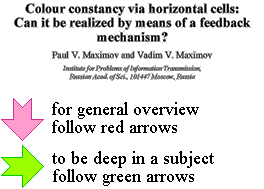 |
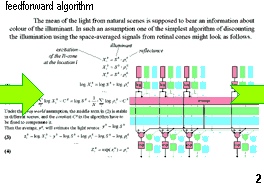 |
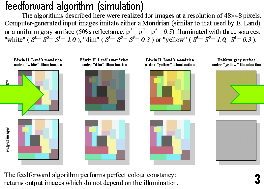 |
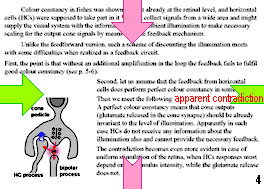 |
 |
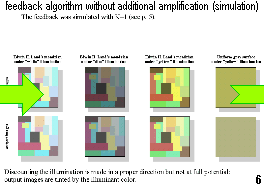 |
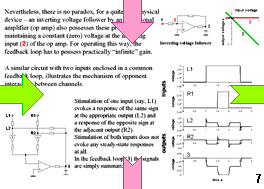 |
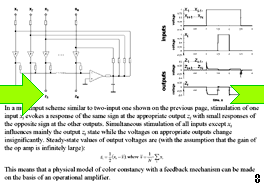 |
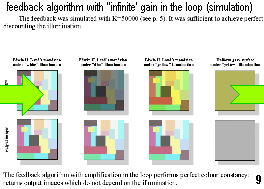 |
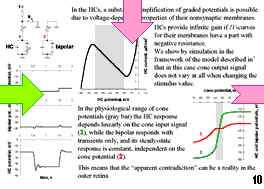 |
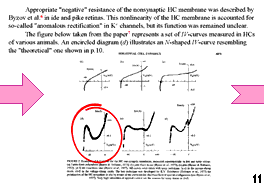 |
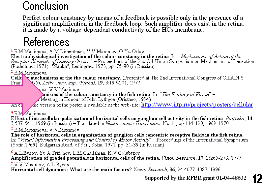 |

Abstract. Colour constancy in fishes was shown to exist already at the retinal level, and horizontal cells (HCs) were supposed to take part in it (Maximova et al, 1971). HCs collect signals from a wide area and might supply the visual system with the information about ambient illumination to make necessary scaling for the cone signals. Unlike feedforward versions, such a scheme of discounting the illumination meets with some logical difficulties when realized as a feedback circuit. The point is that in the latter case cone outputs (glutamate released in the cone synapses) should be already invariant to the level of illumination. Apparently in such case HCs do not receive any information about the illumination also and cannot provide the necessary feedback. Nevertheless, there is no paradox, for a quite real physical device - an inverting voltage follower by an operational amplifier (op amp) also possesses these properties maintaining a constant voltage at the inverting input of the op amp. For operating this way, the feedback loop has to possess practically "infinite" gain. In the HCs, a substantial amplification of graded potentials is possible due to voltage-dependent properties of their nonsynaptic membrane. Appropriate "negative" resistance of the HC membrane was described by Byzov et al. (1977) in ide and pike retinas, but its function was remained unclear. Our model of the feedback by HCs possessing such amplification indeed simulates necessary scale-invariance, which may serve as a basis for good colour constancy.
 |
 |
 |
 |
 |
 |
 |
 |
 |
 |
 |
 |
 This work was supported by a research grant 01-04-48632
This work was supported by a research grant 01-04-48632
from the Russian Foundation for Basic Research.
Questions and comments to
Back to IITP Laboratory 8 Activity Page
Back to IITP Electronic Posters Page
Back to IITP Projects Page ( IITP russian Projects Page )
Last Update: 9 June, 2002